Are you interested in the world of tarot, but don’t know how to read tarot cards? Especially if you are a beginner, many questions may arise on the subject. Tarot reading is now one of the most popular tools of divination, as more and more people are becoming interested in understanding their past, present, and future.
However, learning how to read tarot cards requires a lot of intuition and knowledge of the various symbols. Therefore, if you want to discover how to start reading tarot cards and find out what to consider in the process, here we bring you a basic guide for all beginners. Take note!
Choosing a tarot deck
To begin learning the basics of tarot, the first thing to do is to select a deck. Since there are many tarot decks to choose from and it would take too much time to understand each one, you should find a deck that has illustrations that are easy to read. Some tarot card options for beginners available at Crystal Dreams World are:
Fortunately, you can choose a deck with modern illustrations, but remember that the simpler they are to interpret, the more practical the tarot card reading will be.
Create a connection with your tarot cards
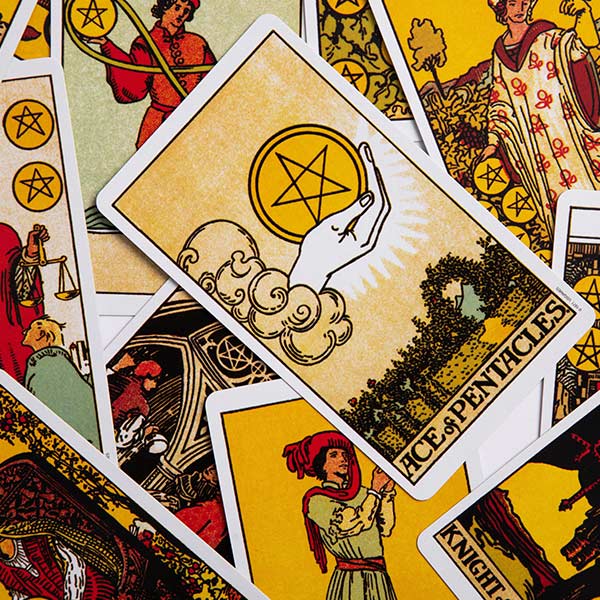
Once you have your tarot deck, the second thing to do is to start familiarizing yourself with all the cards. Of course, for a beginner to learn all 78 cards will be very overwhelming, but the more you memorize each illustration and its interpretation, the better the results will be. Part of how to read tarot cards requires a lot of determination, so find a way to get visually in tune with your cards.
Study the meanings of each tarot card
When learning about how to read tarot cards, you should also know that they have meanings that vary according to the illustration they have. However, the cards are also divided as follows: the wands represent the professional or business; the swords are associated with conflict or intellect; the cups signify emotions; the pentacles allude to fortune or money; and finally, the major arcana represent a general overview of life. If you want to learn more about each card’s meaning, click here.
Think of a question or a topic.
Choosing a deck of cards and becoming familiar with it is only the beginning of how to read tarot cards. In this part, you have to think of a question or a topic of interest for the card reading to illuminate your path with its answer. As a recommendation, try to ask questions that are broad. For example “How can I understand…?” “What can I focus on in my relationship…?” You should avoid asking questions that leave you in a passive role in your future.
Start shuffling and making tarot spreads
Once you have the question or focal theme in mind, begin the part of shuffling the cards to make spreads. There are many ways to shuffle tarot cards, but for a beginner the ideal is to shuffle the cards in a simple way that requires basic deck cuts. Don’t worry about it, there is no formula or way to perform a correct shuffle of cards, but you can learn different techniques.
On the other hand, when you are shuffling your cards, remember to always keep in mind the main theme or question to connect with the deck of cards. Also, do the tarot spreads when you feel ready and always leave the cards face down.
Card Interpretation
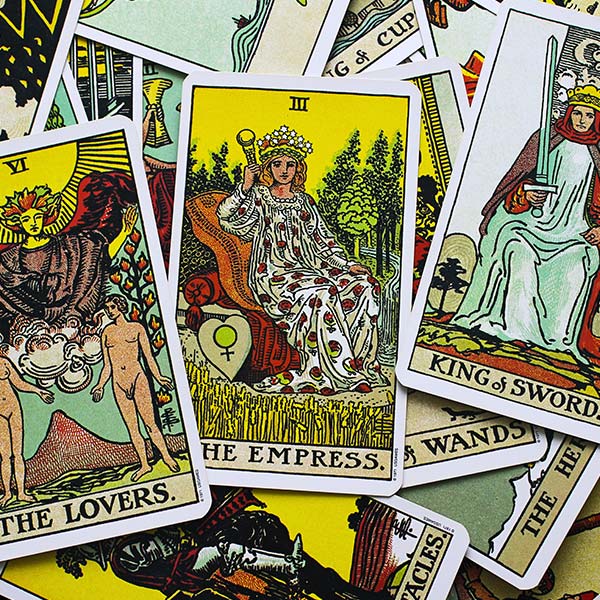
When you have selected your cards, or even just one, stay calm. This is important because it is necessary to stay focused to better connect with your intuition and the cards. Absorb as much as you can from the illustrations, what emotions are flowing, objects, symbols, and other details that will help you in the interpretation. If you have trouble understanding them, then be guided by the reference book that comes with each tarot deck.
Completion of tarot card reading
The final part of how to read tarot cards is learning how to end the process. Card reading is a ritual that must be given the necessary respect, so each time you conclude the reading process, be sure to thank her, cleanse the cards of all energy and store them in a safe place.
With these recommendations, learning how to read tarot cards will be easy for any beginner.

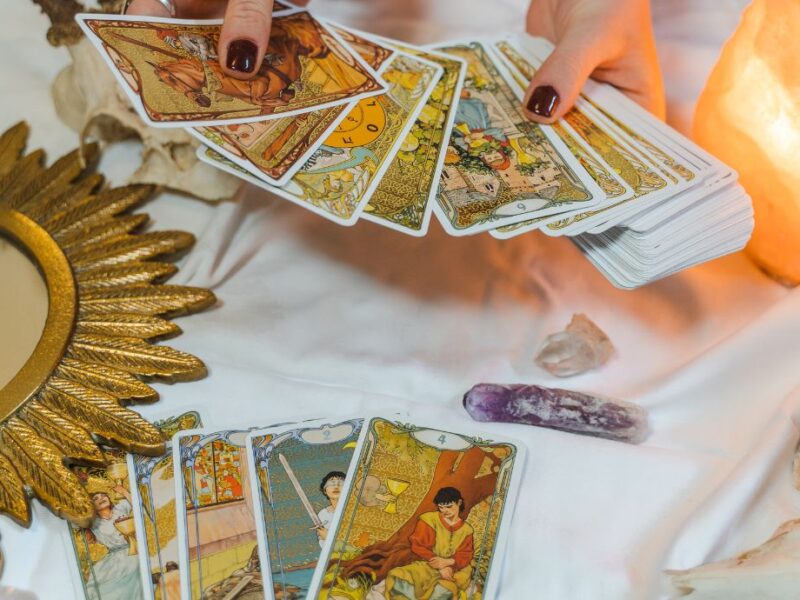
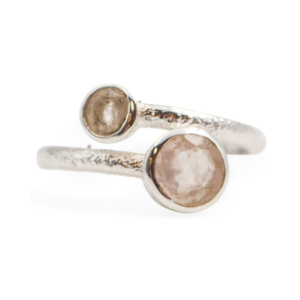

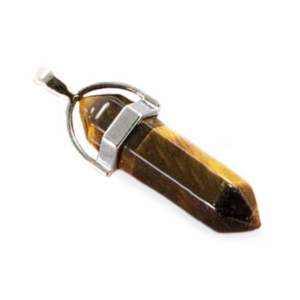
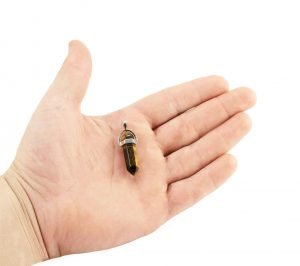



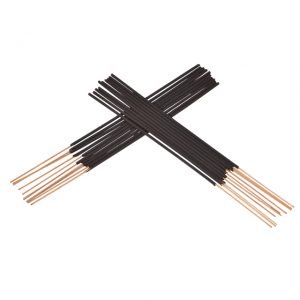
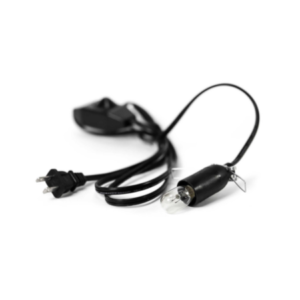
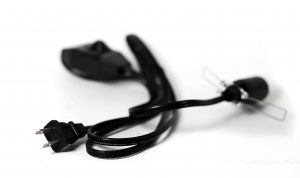




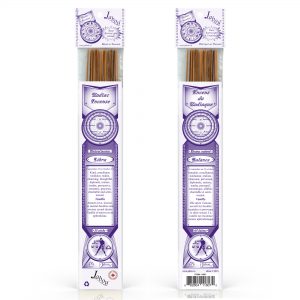

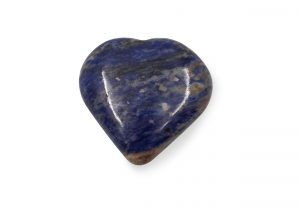

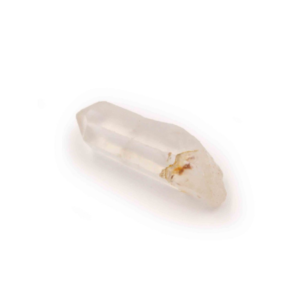

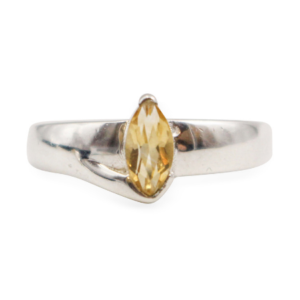

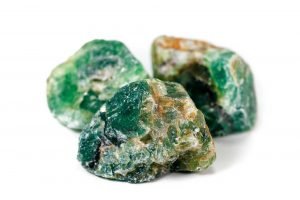

 Know the negative energy absorbing stones
Know the negative energy absorbing stones
